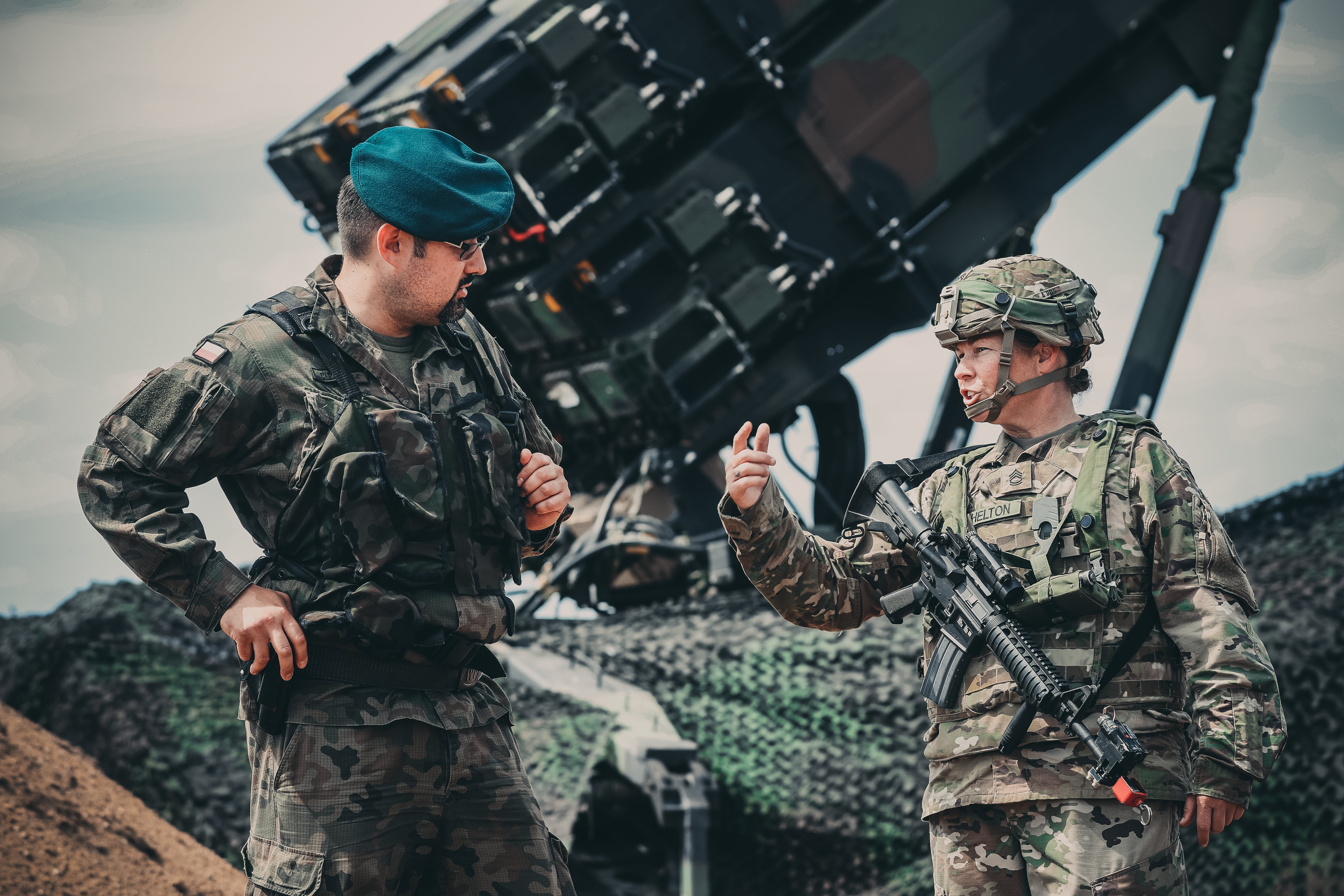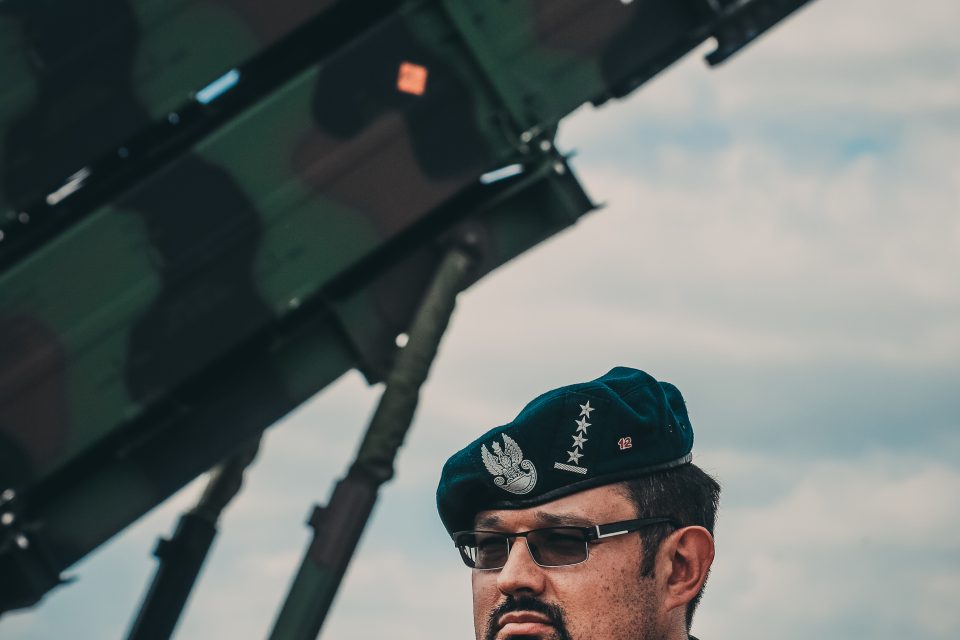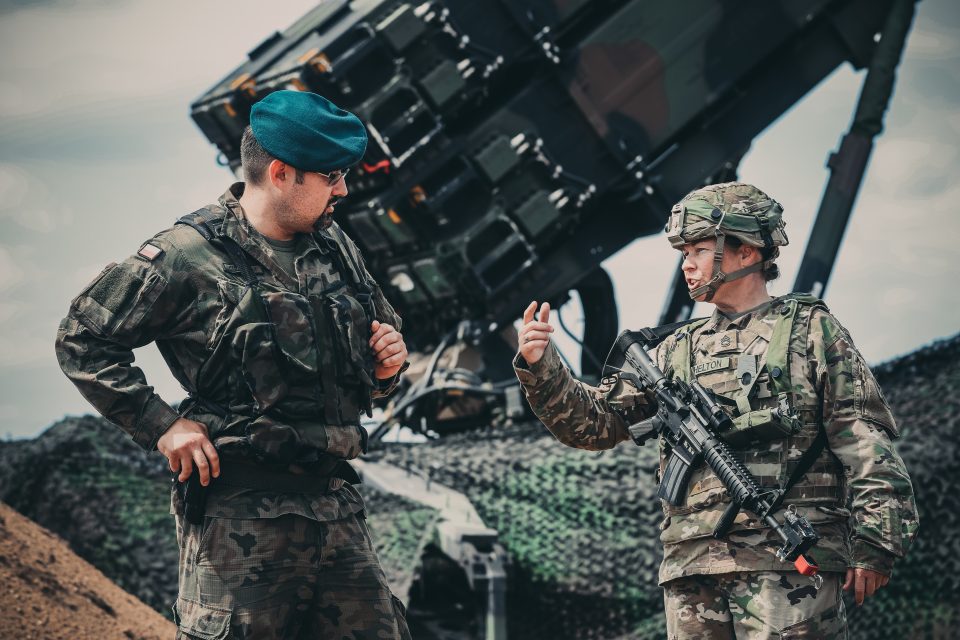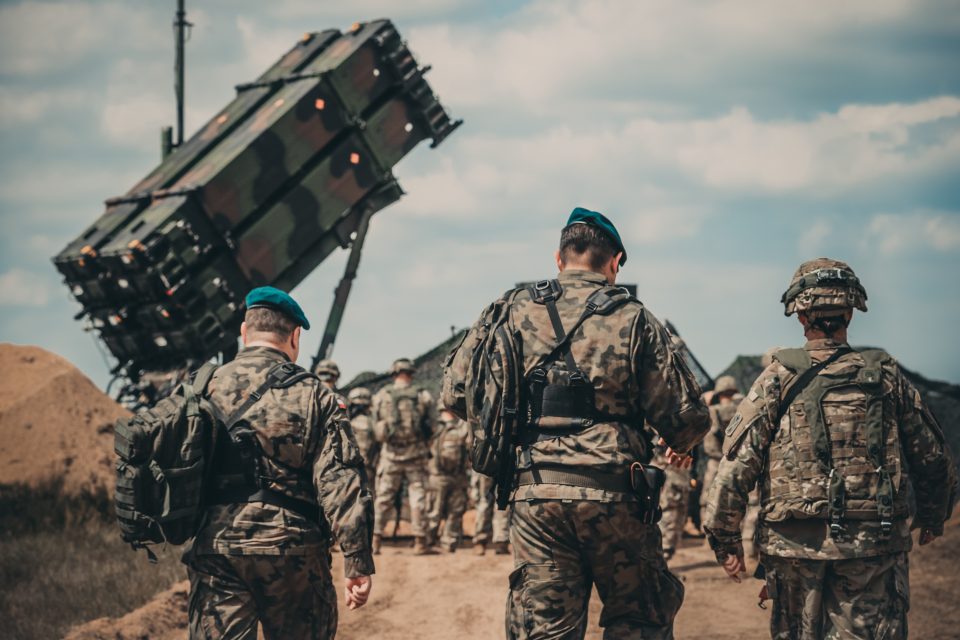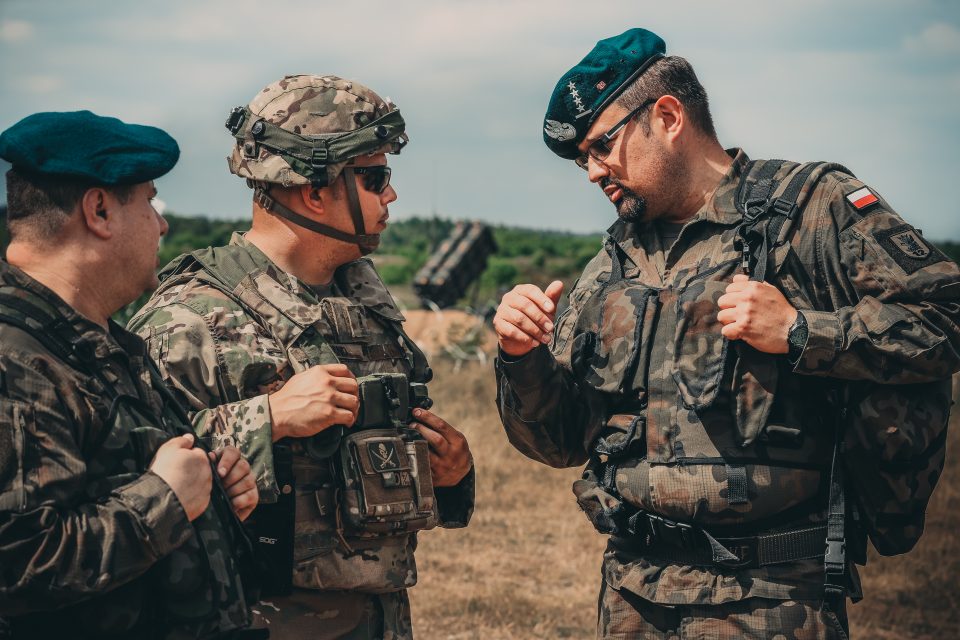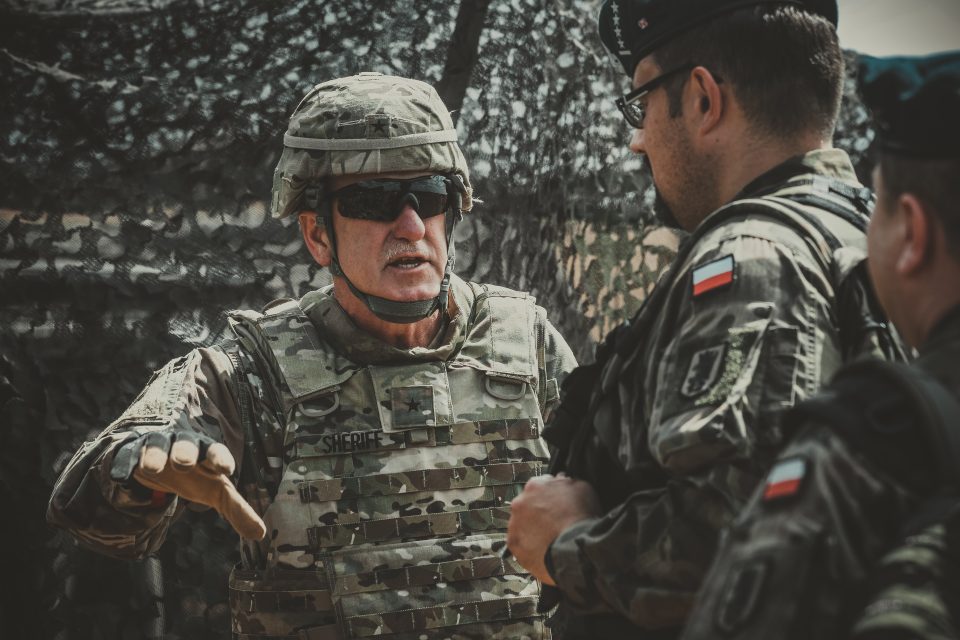As the Western Alliance looks to deal with the evolving Russian challenge, the question of how fragmentation in the EU or NATO can be overcome in a crisis.
With the Russians playing Europe a la carte, it will be about being able to enhance capabilities at the point of stress in a crisis, not simply the question of words on a treaty paper.
And with the expansion of the EU and NATO eastward, there clearly is a question of what key European states would do during such a crisis. The Baltics have received most attention but Poland in many ways is the key state.
When one looks at the defense efforts of the former states in the Warsaw Pact, Poland is among those most series about defense and the need to have a robust response to Russian blandishments.
For example, in James W. Peterson and Jacek Lubecki’s first rate book entitled Defense Policies of East-Central European Countries after 1989: Creating Stability in a Time of Uncertainty, the authors underscore security and defense divergences as well as political and economic convergences in the region.
Poland is the anomaly in the region in being focused on the need for “Old” and “New” Europe to take the military challenge seriously from Russia, up to and including the new forms through which the Russians are exercising their power.
Underneath the appearance of convergence, though, signs of divergence abounded, only to burst into the open with dramatically different policy responses to the Russian takeover of Crimea and the Ukrainian Crisis of 2014.
Poland’s uniquely robust, focused and militarized response to the heightened perception of the Russian threat after 2014 could not contrast more with the other V4 members’ lukewarm/borderline pro-Russian policy responses (albeit still “loyal” in practice) and, essentially, continuation of the same defense policies that focus on “minimum” loyalty functions in NATO.
This difference has suddenly highlighted the fact that Poland and the other V4 countries had really been following different paths ever since 1989: the former with its continuous emphasis and relatively high spending on the military, the latter with pretty much systematically falling military spending and a commitment to a minimal defense posture.1
A new building block which Poland is laying down as part of its national defense can facilitate reinforcement in times of crisis by allies.
Poland has purchased the new system to integrate their Patriots with their own shorter-range air defense systems. By building an integrated approach not only can they enhance their national capabilities, but provide better protection for their bases which would be used also by allies in times of crisis.
By shaping an integrated system of C2, the Poles are putting in place a way for a country like Germany to be able to reinforce Poland in times of crisis.
Germany could move their Patriot units in to reinforce the front lines (it is no longer the inner German border, although sometimes this gets forgotten) and can work integration with their MEADS system which would only add further capabilities as part of a crisis response capability.
What the Poles are doing is an important step forward in enhancing their own defense, but allowing allies to show up and contribute relevant and meaningful force in a crisis.
Poland orders Northrop Grumman IBCS for national air & missile defence
By Andrew McLaughlin March 22, 2019
The US Army has awarded Northrop Grumman a US$713m (A$1bn) contract on behalf of the Government of Poland for the production of the company’s Integrated Air and Missile Defense (IAMD) Battle Command System (IBCS) for Poland’s WISŁA air and missile defense program.
Under the foreign military sales (FMS) contract, Northrop Grumman will manufacture IBCS engagement operations centres and integrated fire control network relays, and will deliver IBCS net-enabled command and control for four firing units. The IBCS engagement operations centres will be integrated with IBCS battle management software that maximises the combat potential of sensors and weapon systems. IBCS engagement operations centres and network relays will be transported by Polish Jelcz vehicles.
“Poland is taking a leadership role in today’s complex threat environment by selecting IBCS over legacy stove-piped systems that were designed decades ago for a much different threat profile,” Northrop Grumman’s vice president and general manager missile defense and protective systems, Dan Verwiel said in a statement.
“IBCS is the future of multidomain operations and with it, Poland will have a state-of-the-art system to modernize its integrated air and missile defense capabilities. Through the acquisition of IBCS, Poland will be in line with the U.S. Army’s future direction. Poland will have the flexibility to consider any radar and any interceptor, optimize sensor and effector integration and keep pace with an evolving threat.”
Poland signed a Letter of Offer and Acceptance with the U.S. government to purchase IBCS in March 2018, becoming the first international partner country to acquire the system.
Northrop Grumman’s IBCS is expected to form the basis of the company’s for the ADF’s AIR 6500 Integrated Air and Missile Defence (IAMD) capability requirement.
The featured photo shows Cpt. Grzegorz Piskiewcz, the air defense officer, 12th Mechanized Division Headquarters, and Sgt. 1st Class Paige Shelton from the 5th Battalion, 7th Air Defense Artillery Regiment, discussing some of the capabilities of the new U.S. Army patriot missile system in the Drawsko Pomorskie area of Poland, June 4, 2018.
DRAWSKO POMORSKIE, POLAND
06.04.2018
Photo by Spc. Aaron Good
126th Public Affairs Operations Center


